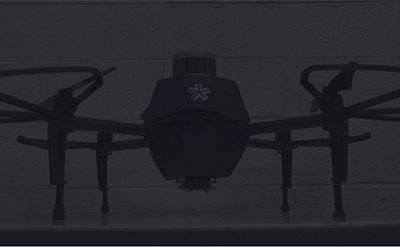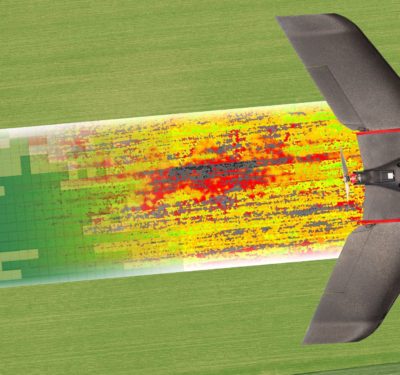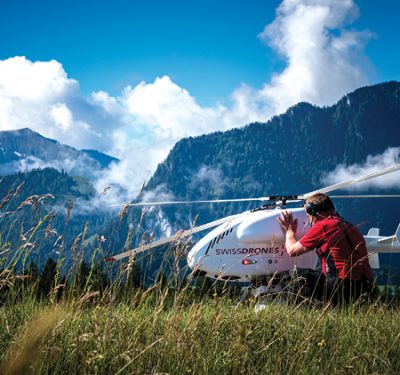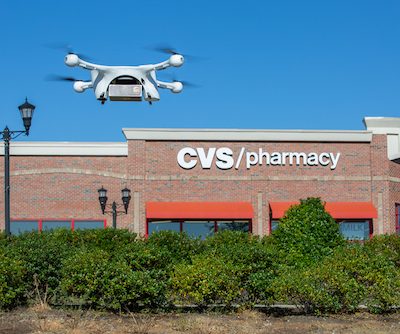Japan is turning to vertical takeoff drones like Shield AI’s V-BAT to extend the reach of its offshore patrol vessels, signaling a broader shift toward autonomous ISR capabilities as tensions escalate across the Indo-Pacific and the need for persistent maritime domain awareness grows.
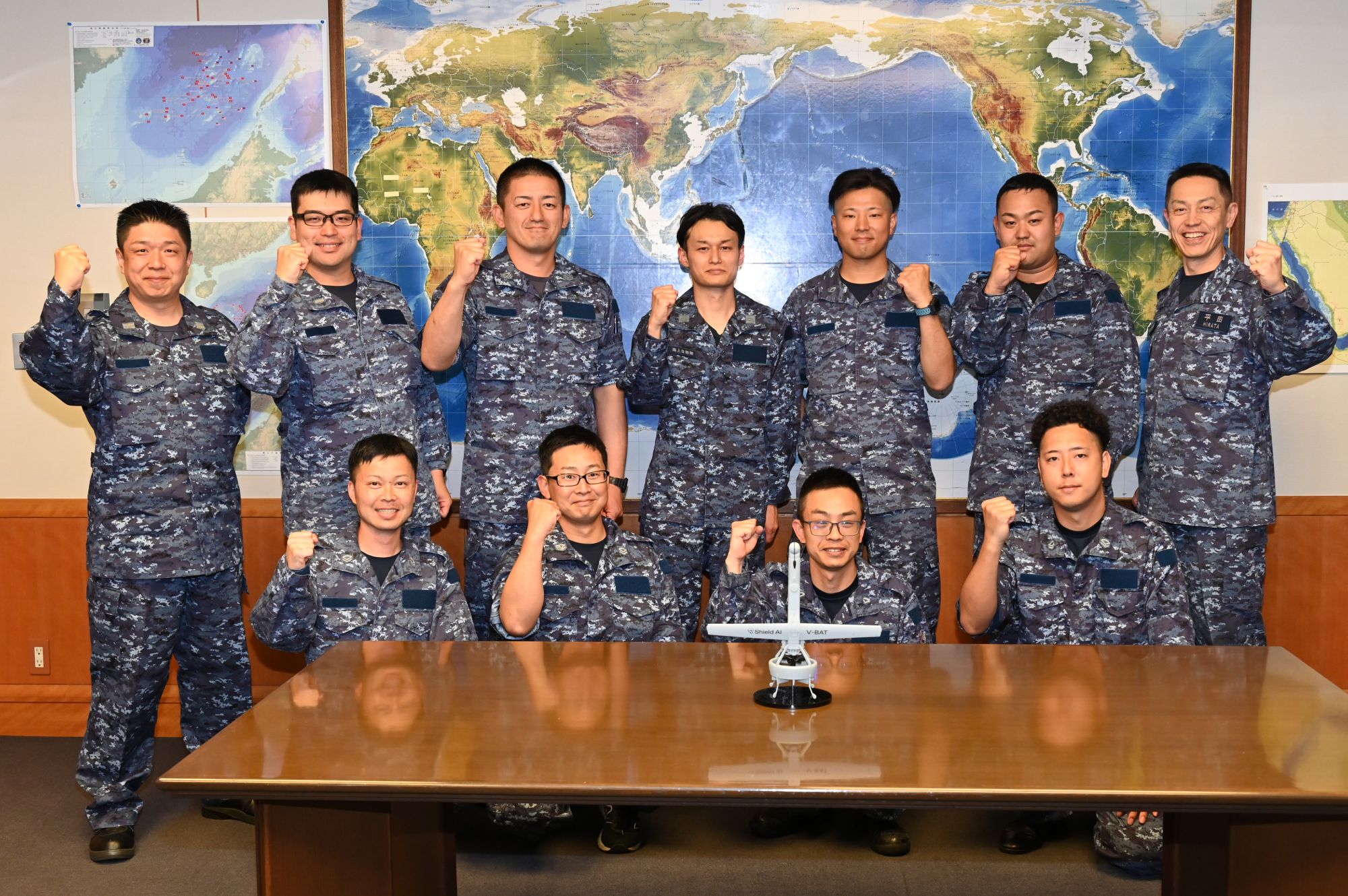
Japan developed the first commercially available agricultural UAVs and toy quadcopters in the 1980s, and since 2022 it has one of the most drone-friendly regulatory environments in the developed world. But Japan’s air and maritime self-defense forces have been slower to adopt UAVs, associated by the public with offensive warfare contrary to Japan’s constitution.
That view is evolving. Not only are drones now transforming conflicts beyond the anti-terrorist context, but Tokyo is progressively arming up as tensions worsen with China, North Korea and Russia over disputed isles, and military activity regularly skirting into Japanese waters and airspace. Furthermore, worsening shortage of personnel is compelling Japan’s forces to lean more on automation.
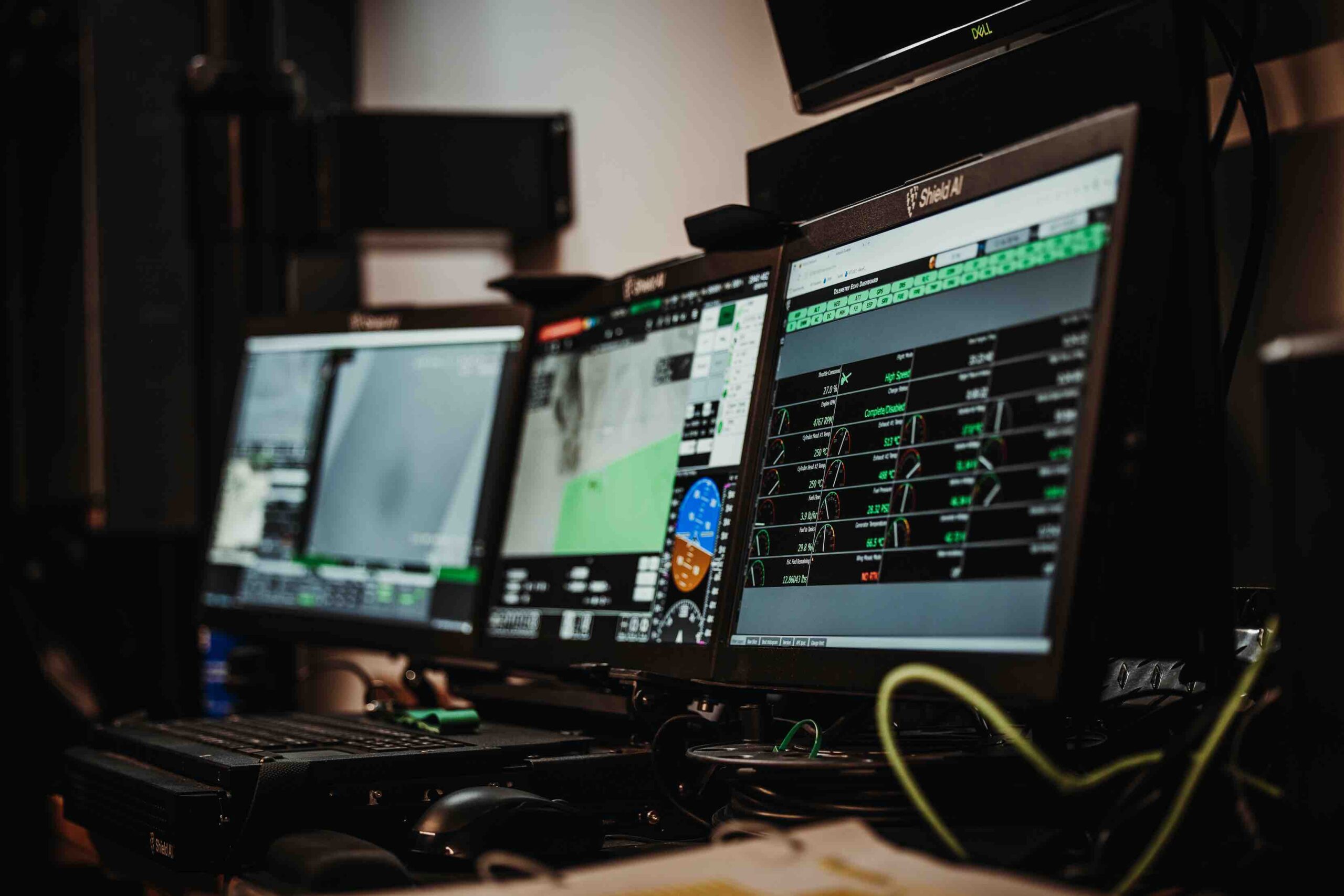
Entering the 2020s, Japan’s Maritime Self-Defense Force (JMSDF) lacked UAVs in regular service. But that’s changing. Following trials with two aircraft, Tokyo announced in December 2024 that it was acquiring 23 MQ-9B SeaGuardian ISR drones through 2032 that would equip two new squadrons (for an estimated $1.9 billion). The unarmed UAVs will perform maritime surface surveillance missions, alleviating heavy operational demands on the JMSDF’s large P-1 and P-3C patrol planes.
There’s more progress on the ship-borne side as well, with an ensuing order of 3.7 billion yen, or $25 million, for six of Shield AI’s V-BAT UAS. These will reportedly integrate with 12 lightly armed Next-Generation Offshore Patrol Vessels, the first two of which are due to launch this November at Yokohama. The 2,150-ton vessels feature a helicopter-class aviation deck, and equipment for surface and underwater drones. They are intended to meet rising demand for vessels to monitor Chinese and Russian warships approaching territorial waters and exclusive economic zones. The V-BATs should significantly extend these vessels’ surveillance range, and with greater endurance than a faster naval helicopter.
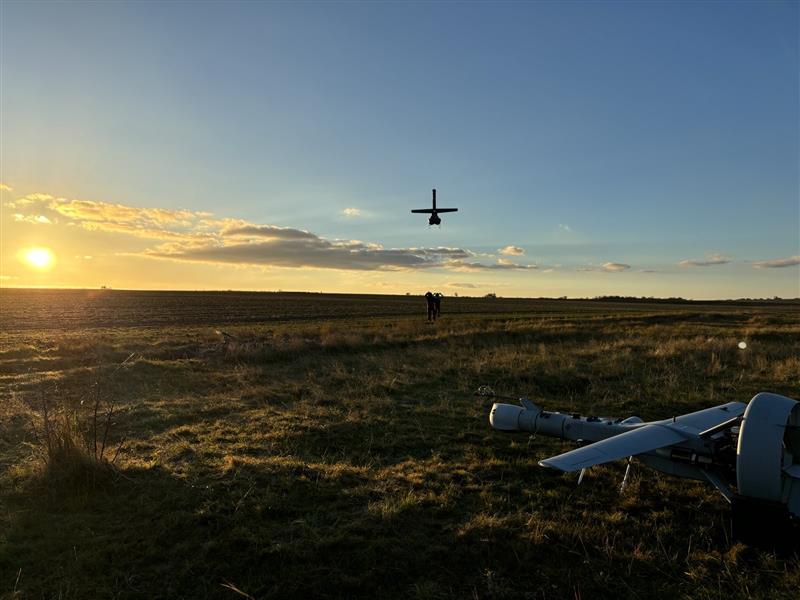
Time will tell if the JMSDF acquire more to outfit all 12 OPVs—or, to integrate into its 36 destroyers, many with long-range anti-ship missiles needful of effective targeting reconnaissance. Indeed, this May the service launched a new tender for shipborne UAVs.
AUTONOMY, VERTICAL-TAKEOFF AND ENDURANCE
The V-BAT, a hybrid drone distinguished by its cruciform profile when vertically aligned like a rocket for takeoff and landing, was designed and first demonstrated by Martin Aviation in the 2010s. In 2021, startup Shield AI bought Martin and worked to incorporate its Hivemind autonomy system—already integrated into F-16s and Firejet drones—and refine the design to mass procurement standards. These efforts helped the UAV receive the U.S. military type designation MQ-35A in 2023.
The Group 3 UAV’s appeal arises from a convergence of several key characteristics. First, it can be assembled by two personnel in just 20 to 30 minutes and, as a hybrid aircraft, vertically takeoff and land from confined zones without requiring a catapult or snare. This low logistics footprint eases ship-borne integration and enables “shoot and scoot” deployments from a pickup truck as practiced in combat in Ukraine.
Due to its Hivemind autonomy system, V-BATs can execute long-range endurance missions even while denied access to comms links and GNSS, and denial by electronic warfare. This is essential as GNSS jamming and spoofing are sure to be pervasive in future conflicts. Hivemind also allows for teaming with four, and eventually 16, nearby V-BATs.
Finally, while V-BAT may cruise at just a mile a minute, it has considerable range and endurance for a Group 3 drone.
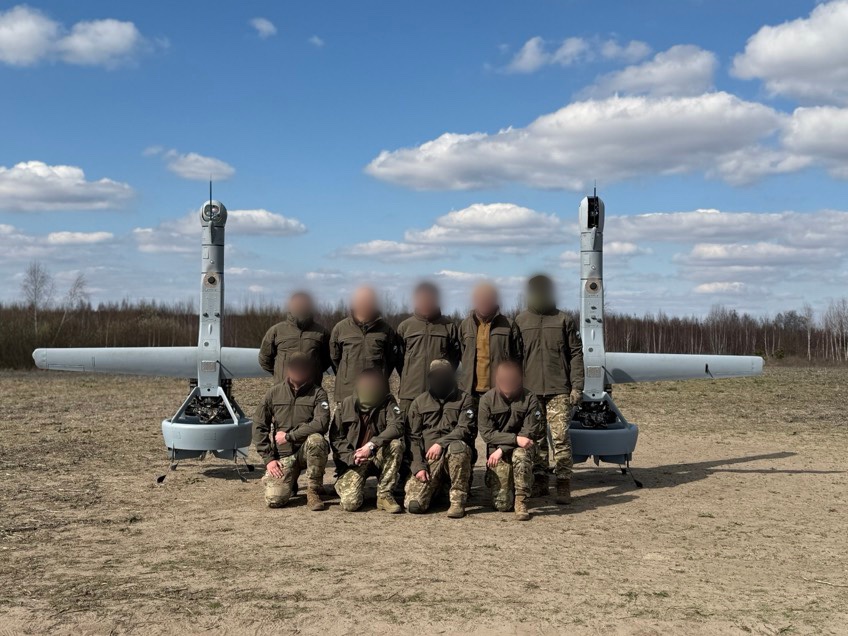
While not exactly cheap at an estimated $500,000 per aircraft, Shield AI co-founder Brandon Tseng explained it can fly high enough, and presents a big enough threat, to compel enemies to expend more costly anti-aircraft munitions. For specific mission types—especially target acquisition in support of longer-range or heavier platforms—the V-BAT can serve as a more cost-effective alternative to Group 4 or 5 drones or even manned helicopters. While its primary role is ISR, Shield AI has also demonstrated kinetic strike and electronic warfare capabilities, which the company plans to make operational beginning in 2026.
V-BATS IN UKRAINE
Japan’s procurement of V-BATs reflects growing global interest in platforms proven under combat conditions. Nowhere has that proof point been more visible than Ukraine, where the V-BAT’s endurance and electronic warfare resilience have been tested—and validated—on the front lines.
U.S. drones used in combat by Ukraine have broadly acquired a reputation for lacking jam-resistance, and therefore lacking frontline useability. V-BAT is among the exceptions. In an early test in Ukraine, it continued to effectively operate while being blasted by seven powerful jammers. Then in fall 2023, a V-BAT launched from Dnipro detected a Russian Buk medium-range SAM system and transmitted targeting information resulting in its destruction by GMLR rocket strike.
Tseng has described V-BATS typically launching 25 miles behind the frontline and operating out to 60 miles into Russian-controlled airspace on missions that could last 8 to 11 hours. He noted to interviewers that the MQ-35’s greater endurance translated into several hours on station surveilling deep inside enemy airspace, rather than minutes for traditional UAVs. V-BAT has been reported to successfully execute missions within 1 kilometer of Russian jammers. Shield AI is set to deliver four more V-BATs to Ukraine for operation by its Unmanned Systems Forces. By June 2025, V-BATs had completed 160 combat sorties in Ukraine.
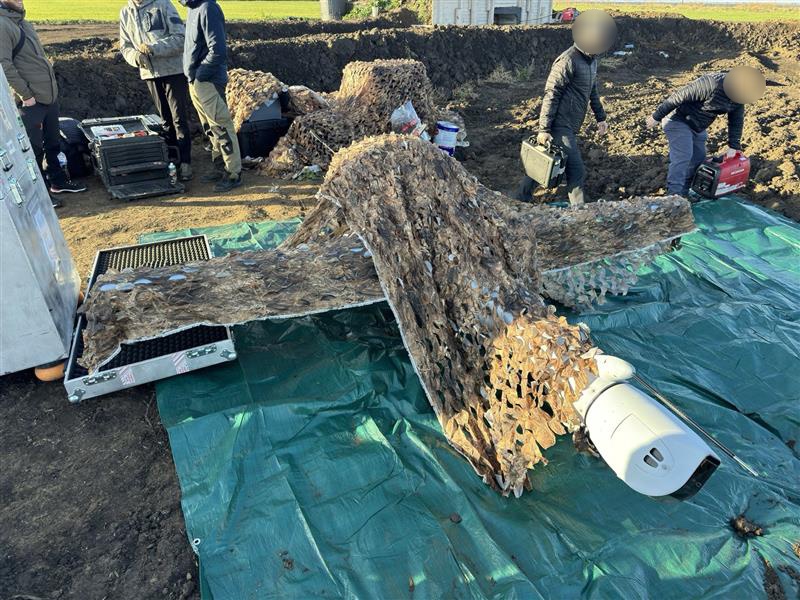
V-BAT EVOLVED
This year, Shield AI introduced the improved V-BAT 5.3 model, replacing the preceding 5.1 in production, with upgrades particularly enhancing its appeal for maritime operations. Most importantly, its new custom-designed Suter Industries HFA-330 heavy fuel diesel engine averaging 33 horsepower (up from 25), consumes richer JP-5 and JP-8 fuel commonly used by navies, increasing endurance by 30% to 13 hours and max payload by 60% to 40 lbs.
That increased potential range pairs with an added satcom link, improving usability for long-distance BVLOS operations, effectively a limitless distance from the operators.
V-BAT 5.3 sports new shock-absorbent crush core landing legs, inspired by those on SpaceX’s recoverable rocket boosters, that remove the need for physical assistance from human handlers while landing.
The 5.3’s development coincides with efforts to improve production capacity including a partnership announced in fall 2024 with India’s JSW Defense, which will spend $90 million to build a global production facility for V-BATs. This seems likely aimed at winning contracts with India’s military due to Modi’s Make in India policy. A month later, Shield AI announced a partnership with Palantir to use its Warp Speed manufacturing system to improve production efficiency.
The company is also marketing its Hivemind developer’s suite, including components to develop software, test and train it internally, and enable integration with external command-and-control battle management systems.
Japan’s embrace of V-BAT reflects more than just an incremental acquisition—it marks a shift in its defense posture toward agile, autonomous ISR platforms suited to the Indo-Pacific’s maritime realities. With proven resilience under fire in Ukraine and a low-footprint design tailored to shipborne integration, the V-BAT aligns with Tokyo’s need for persistent situational awareness in contested waters. As Japan modernizes its fleet and deepens interoperability with allied forces, vertical takeoff drones like the V-BAT will play a critical role in securing its vast—and vulnerable—maritime domain.


